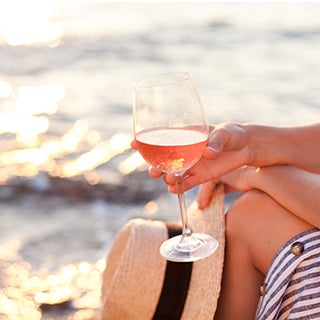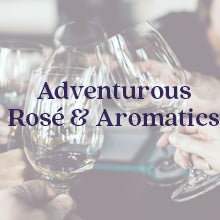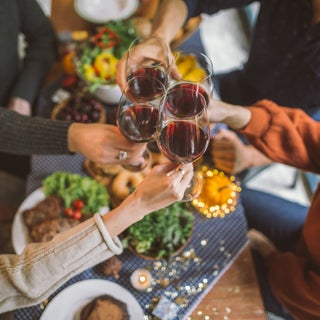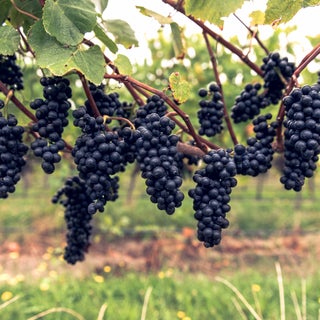Best Champagne & Sparkling Wine for Christmas
TIS THE SEASON TO SPARKLE!
Let’s face it … it’s not a real celebration till you hear the sound of a cork popping from a sparkling wine bottle, right? An indulgent and aspirational symbol representing the very best we can afford to mark a special occasion, or to bless future endeavours with. But the truth is it’s not just the cost that makes it so aspirational, but also the method. With the longest fermentation period, the strictest of rules surrounding appellation, grape varieties, and a seriously structured production process – is it possible the science of sparkling wine also adds to its elite appeal?
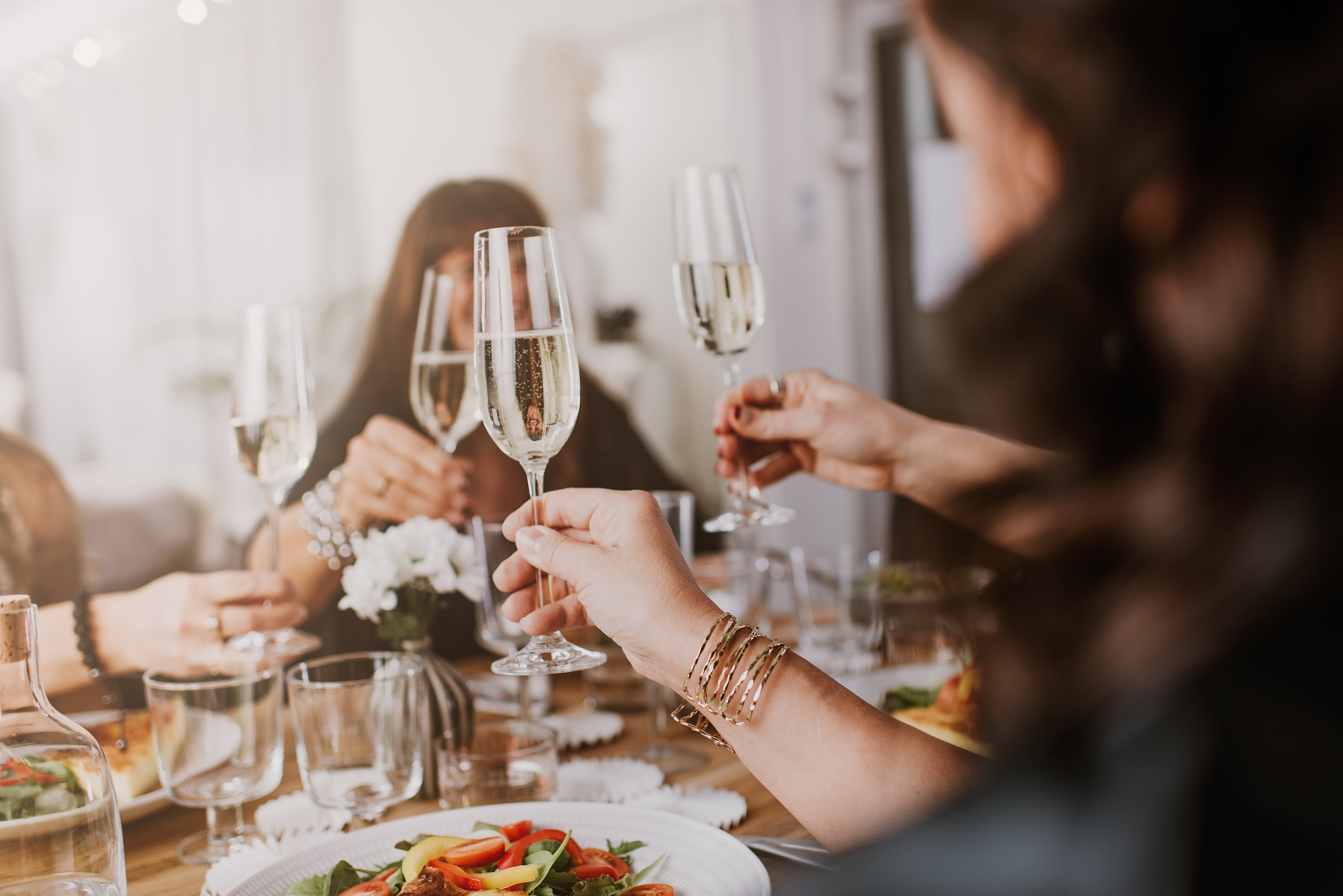
SO HOW DID IT ALL BEGIN ….
There is a lot of confusion over who created the bubbles, who was first, and from where, but with a history spanning over 300 years, it is Blanquette de Limoux from the Languedoc region that boasts the earliest records of sparkling production back as far as 1531. These wines are still made the same way today with Mauzac, Chenin Blanc and Chardonnay grapes.
From there that well-known Monk, Dom Pierre Perignon is credited with bringing this sparkling style from Limoux to Champagne, planting the first vines in the early 17th Century, but sadly died before realizing any commercial production. It is therefore the House of Ruinart founded in 1729 that is recorded as the oldest sparkling wine producer in the Champagne region. Gosset produced still wine there far earlier, but did not start producing Champagne till 1738.
There was a flurry of pioneers over the next few years with Chanoine Freres in 1730 and Taittinger in 1734. Adding to the hype in 1745, newcomers Moet & Chandon captured the attention of the nobility, as a supplier to the court of King Louis XV, and Champagne became known as the drink of the elite. It was this reputation that really spurred on a global trend, with Italy being the first nation outside of France to embrace sparkling wine production with Prosecco in 1754.
From there quality became paramount to being number one brand, as the quest for reputation raged on. And in 1772 Veuve Clicquot had a breakthrough that would revolutionise quality and production forever, with the brilliant invention of the riddling process by Madame Clicquot. A step that removed yeast after the secondary fermentation in the bottle. This formed the definition for all wines made with this method to be termed the traditional method or Methode Champenoise. California and Spain jumped on the bandwagon a little later in the 1860’s and 70’s. These days sparkling wine production is a global phenomenon, found all over the world of wine and growing steadily year on year.
HOW IS IT MADE …
Winemaking in general is part science and part art, but with sparkling production it is far more scientific right from the grape growing process, with many key decisions required earlier than with still wines.
Acidity is important for the structure and taste profile of sparkling wines, so you can’t allow the grapes to ripen fully and convert all the acidity to sugar. Grapes grown for sparkling wines are often in cool climate areas with higher rainfall than average and are picked early according to a precise set of controls. Considered to be the most technical of wines, first you need to make a dry base wine, then you need to make it sparkle! Then consider that both fermentations will add alcohol. Sparkling needs to have a lower alcohol not only for structure and taste profile, but also due to the pressure in the bottle. There are different levels of pressure that allow your wine to be deemed a sparkling, a semi-sparkling (referred to as spritzig or frizzante), or just a beady wine with bubbles on the sides when opened.
Wines made in the traditional method produce a very fine, tight bubble. Other methods like the tank method produce a much larger, softer bubble.
For wines like Champagne and Cava, there are also strict rules around aging. Non-Vintage Champagne must have a minimum of 15 months, with vintaged expressions aging for at least 36 months sitting on their own lees (dead yeast particles). After that it must be clarified as per Widow Clicquot’s ingenious riddling process for the traditional method where the bottles are inverted, so the yeast particles move down to the neck. The sediment is then removed by another process of disgorgement – the neck is placed in liquid to freeze the lees and on removal of the crown cap this ice piece pops out with the pressure of the bottle. The final winemaking step is dosage, where additional wine and sugar is added to top up the wine and keep the sparkles lively, before a cork and cage are put on.
As you can see a long and involved process before you even start to recuperate any costs – an accountant’s nightmare! It’s not hard to see how Champagne’s inevitable reputation as a premium and luxury product came about.
For other Sparkling wines that do not require aging like Prosecco or Lambrusco, or wish to hit a more commercial price point, the tank fermentation method is most common. This combines your base wine, yeast and sugar, into a pressure resistant tank for the secondary fermentation. The sparkling wine goes through a pressurized filter to remove any sediment and dosage is en masse prior to bottling.
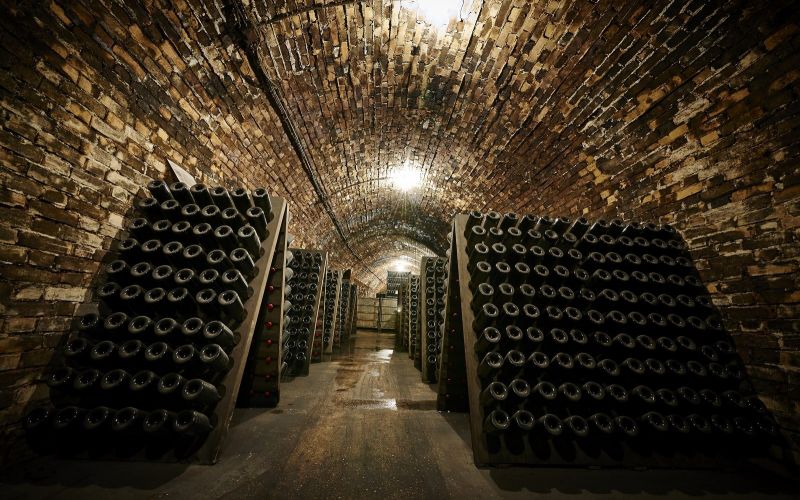
HOW TO FIND YOUR PERFECT SPARKLING …
Like all subjective wine tasting, knowing what flavours you enjoy and those you don’t, is the key to finding your perfect drop! By identifying key descriptors of these four clear styles, you’ll be ready to shop top sparkling wine online today!
1. Zesty & Dry
Simply put this style is all about preserving the grapes natural personality by not introducing outside influences like oxygen or oak. It’s all about the fruit and floral characters, crafting clean and crisp wines that have just enough sweetness to appeal to the masses, but are in no way a sweet style. This crowd-pleasing category accounts for most tastebuds. It’s what most non-vintage Champagne will be styled on, and where most Brut labelled sparkling wines sit.
Shop our top Zesty & Dry festive drops with Champagne Gardet Brut Premier Cru, Taittinger Brut Reserve, Quartz Reef Methode Traditionelle, and Hunter’s MiruMiru Brut.
2. Fresh, Floral & Fruity
Wines that are still technically dry but show more fruit and floral notes due to the grape varieties used. This often cuts out the traditional ‘Champagne’ varieties, and encompasses most Prosecco, sparkling aromatics like we see here in NZ like Sauvignon Blanc and Pinot Gris, and of course most Sparkling Rose.
Sample our top Fresh, Floral & Fruity styles with Brilla! Prosecco, Veuve Laperriere Blanc de Blancs Brut, and Nautilus Estate Vintage Rose.
3. Sweet & Fragrant
This is a smaller set of sparkling wines that either use a higher dosage like a Demi-Sec, or wines made with highly aromatic grapes like Moscato used in Asti Spumante.
Try the Sweet & Fragrant Champagne Gardet Demi-Sec.
4. Creamy & Rich
Wines left on their lees for extended periods to impart more bready characters. Or exposed to oxygen with fermentation in oak barrels to give more nutty characters. These wines are generally more expensive due to the longer aging process, they are usually the elite Vintage Champagne, or Reserva and Gran Reserva Cava.
Check out our top Creamy & Rich picks for the silly season with Champagne Bollinger Special Cuvee, Louis Roederer Collection 243, and Champagne Billecart-Salmon Brut Nature.
WHICH WINE GOES WITH WHAT FOOD …
Sadly, sparkling wine has by nature been given a bit of a party reputation – ideal for the toasts and canapes, and then relegated to the reserve bench while the more food serious wines are featured. But, with an underlying abundance of acid, sparkling wine is the perfect match for some of the most challenging food groups – fried, salty and fishy! One of my favourite indulgences is a Zesty & Dry wine with the best quality potato chip I can find … yes fried and salty! If only they came in caviar flavour I’d win the trifecta!
And sparkling wine is no one trick pony either, the rest of the style palette can cover everything else in between with a bit of careful thought. Zesty & Dry and Fresh, Floral & Fruity – depending on your individual wine, will cover a raft of canapes, entrees, seafoods and lighter mains. Heavier proteins like pork, offal and even some game will take your culinary experience up to other-worldly with a Creamy & Rich wine match. Desserts or fruit dishes are effortlessly covered by the Sweet & Fragrant styles.
Some of my most memorable degustation menus have been completely sparkling based. Partly because they challenged what I thought I knew about food and wine matching, but also because sparkling wine has an added dimension of volume and texture. Germany produced a study that found gastric acid was increased as much as 95% when drinking sparkling wine, which can aid digestion – very helpful when there’s five to ten courses to get through and you’re not wearing stretchy pants!
However, if you do prefer to feature those other more traditional wines during your next degustation menu – don’t forget to serve a glass of sparkling at the end of the meal – it’s also the perfect palate cleanser!
Lastly and very importantly flutes are the ideal glass for most sparkling wine. Designed to retain the bubbles for longer by reducing the surface area for them to escape. It also provides greater visual effect; it funnels the delicate aroma of sparkling wine direct to your nose and preserves flavour with little oxygen contact. And of course, holding a flute by its stem will also maintain its chilled temperature for longer.
There are vintage champagnes that fall under the creamy and rich style that may benefit a wider aperture to appreciate the flavour, but your bubbles will not last as long so bottoms up!
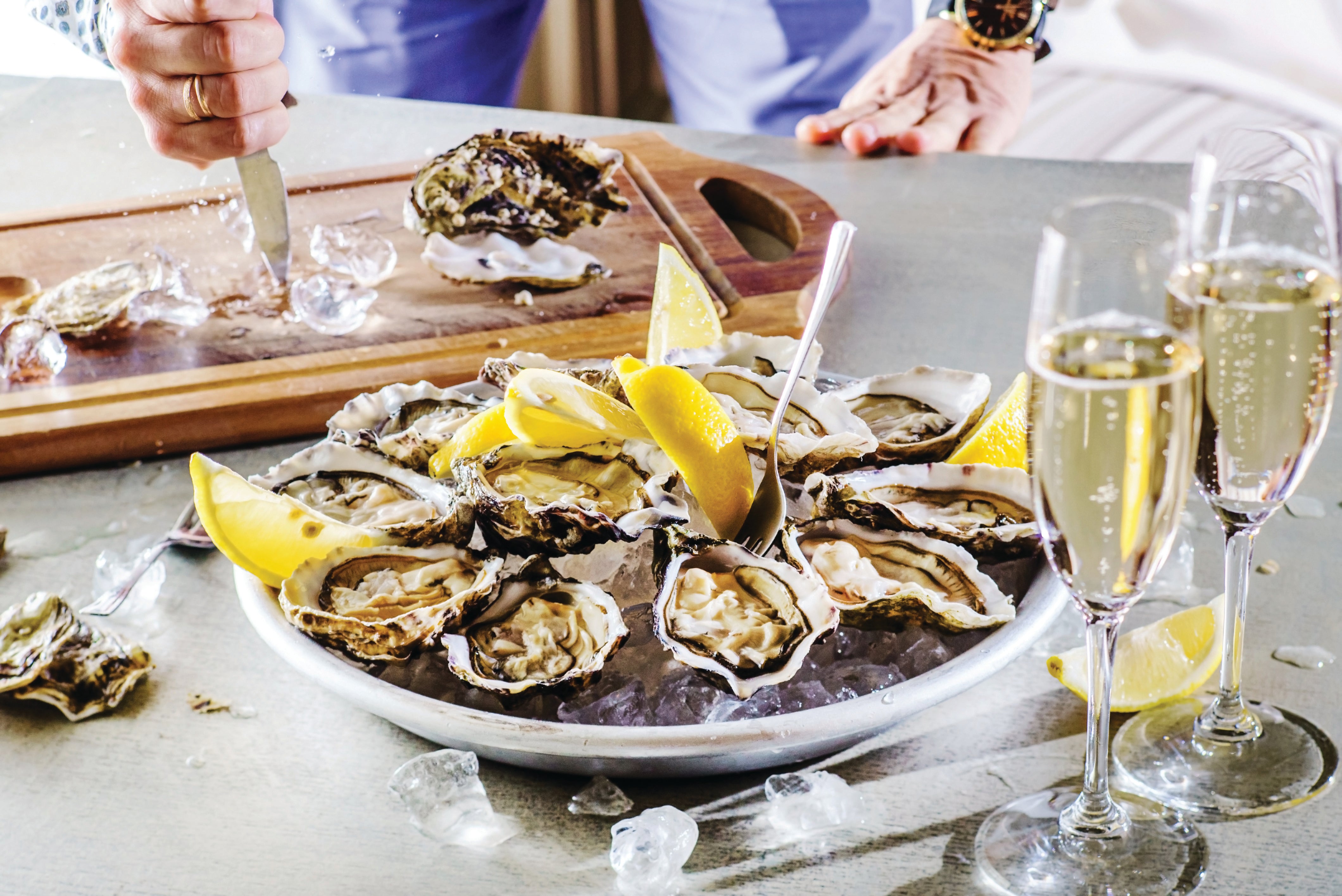
So, whatever the occasion, budget or food match, buy Champagne and Sparkling wine online with confidence this Festive Season. I’ll toast to that!
Shop Champagne
Shop Methode Traditionnelle
Shop Sparkling
Shop the full range of Champagne, Methode Traditionnelle and Sparkling here
